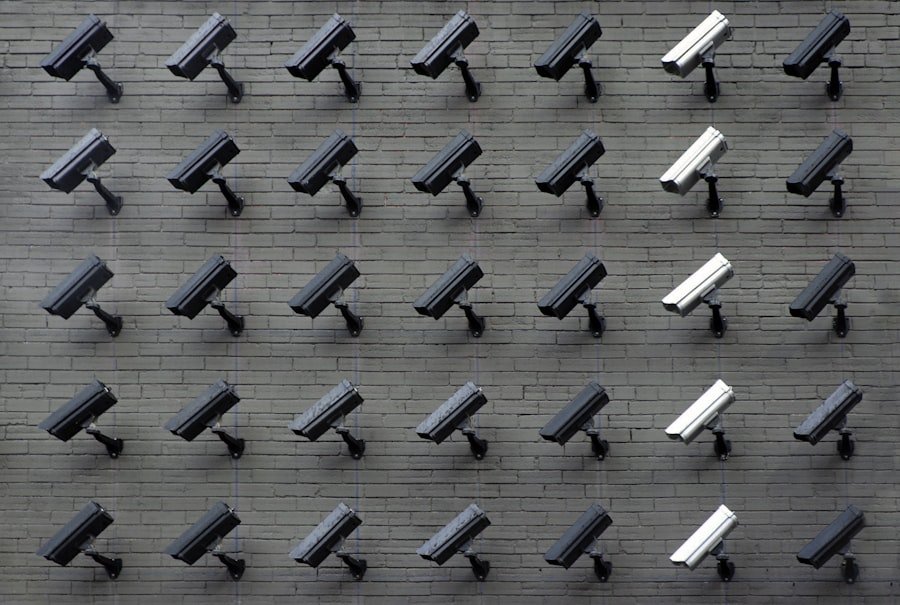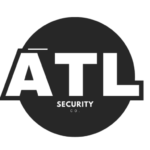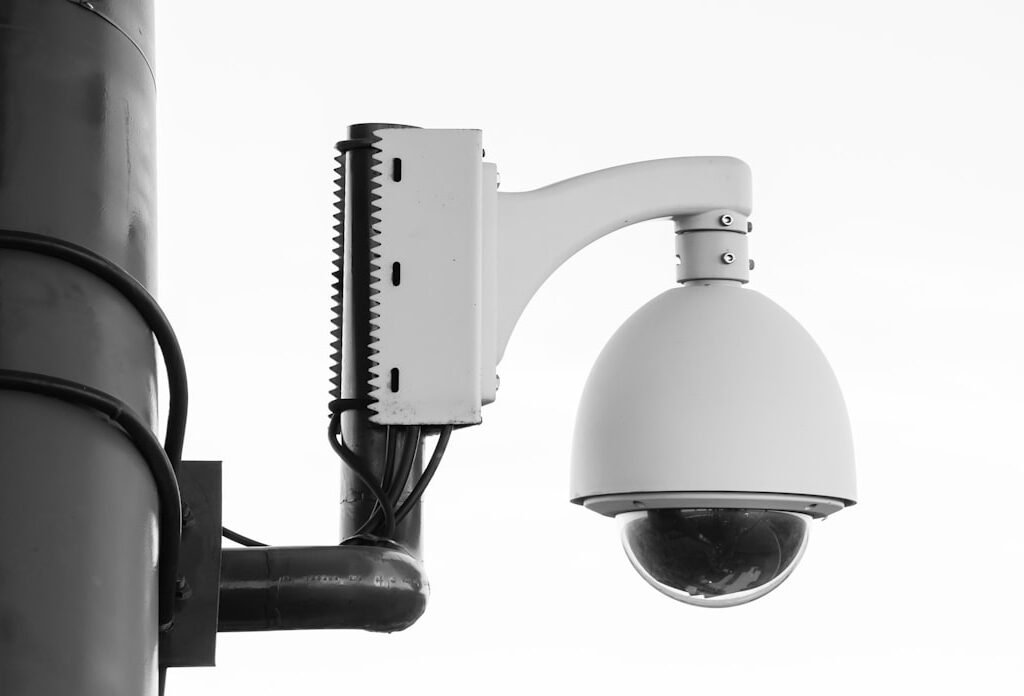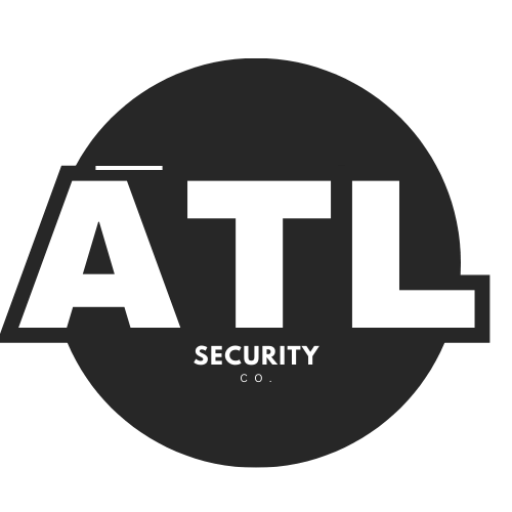When we talk about workplace safety, we often think about keeping employees safe from accidents and injuries. The Occupational Safety and Health Administration, or OSHA, is a big part of this. OSHA sets rules and guidelines to help businesses create safe work environments.
These rules cover everything from how to handle dangerous materials to ensuring that workers have the right protective gear. Following these guidelines is not just a good idea; it’s the law. Companies that don’t comply can face serious penalties, including fines and even shutdowns.
But OSHA compliance is more than just avoiding fines. It’s about creating a culture of safety where employees feel secure and valued. When workers know their safety is a priority, they are more likely to be productive and engaged.
This leads to a better workplace atmosphere and can even improve a company’s bottom line. So, understanding OSHA compliance is crucial for both employers and employees.
Key Takeaways
- OSHA compliance and workplace safety are crucial for protecting employees and avoiding costly penalties.
- Security systems play a vital role in ensuring workplace safety by preventing unauthorized access and detecting potential hazards.
- Security systems help in OSHA compliance by providing surveillance, access control, and emergency response capabilities.
- Types of security systems that can improve workplace safety include CCTV cameras, access control systems, and alarm systems.
- Integrating security systems with OSHA guidelines can help businesses create a comprehensive safety and compliance strategy.
The Importance of Security Systems in Ensuring Workplace Safety
Security systems play a vital role in keeping workplaces safe. They help protect employees from various threats, including theft, violence, and accidents. A good security system can deter bad behavior and provide a sense of safety for everyone in the building.
When employees feel secure, they can focus on their work without worrying about their safety. Moreover, security systems can help in emergencies. For example, if there’s a fire or a medical emergency, having a reliable security system can ensure that help arrives quickly.
This can save lives and reduce injuries.
In today’s world, where workplace violence is a growing concern, having strong security measures in place is more important than ever.
How Security Systems Help in OSHA Compliance

Security systems are not just about protecting against crime; they also play a key role in OSHA compliance. Many OSHA regulations require businesses to have safety measures in place to protect workers. For instance, having surveillance cameras can help monitor areas where accidents are likely to happen.
This allows employers to identify hazards and take action before someone gets hurt. Additionally, security systems can help with record-keeping, which is essential for OSHA compliance. Many businesses need to keep track of safety incidents and training sessions.
A good security system can help document these events, making it easier for companies to show they are following OSHA guidelines. This documentation can be crucial during inspections or audits.
Types of Security Systems That Can Improve Workplace Safety
There are several types of security systems that can enhance workplace safety. One common type is video surveillance. Cameras placed around the workplace can monitor activities and deter potential threats.
They can also provide valuable evidence if an incident occurs. Access control systems are another important type of security measure. These systems limit who can enter certain areas of a building.
For example, only authorized personnel might be allowed in hazardous material storage areas. This helps prevent accidents and ensures that only trained individuals handle dangerous substances. Alarm systems are also essential for workplace safety.
They can alert employees to emergencies like fires or break-ins. Having alarms in place ensures that everyone knows when to evacuate or take cover, which can save lives.
Integrating Security Systems with OSHA Guidelines
Integrating security systems with OSHA guidelines is crucial for creating a safe workplace. Businesses should start by reviewing OSHA regulations relevant to their industry. Once they understand the requirements, they can choose security systems that align with those guidelines.
For example, if OSHA requires specific safety training for employees working with hazardous materials, businesses should ensure their security systems support this training. This could mean using video surveillance to monitor training sessions or keeping records of who has completed the training. Additionally, regular assessments of security systems are necessary to ensure they meet OSHA standards.
This means checking that cameras are functioning correctly or that access control systems are up to date. By regularly reviewing these systems, businesses can maintain compliance and keep their workplaces safe.
Training and Education on Security Systems for OSHA Compliance

Training is essential when it comes to using security systems effectively for OSHA compliance. Employees need to know how to use these systems properly to ensure their safety and the safety of their coworkers. This includes understanding how to operate alarm systems, access control measures, and surveillance equipment.
Regular training sessions should be held to keep everyone informed about any updates or changes in security protocols. This not only helps with compliance but also empowers employees to take an active role in their safety. When workers feel confident in using security systems, they are more likely to respond appropriately in emergencies.
Moreover, education on the importance of OSHA compliance should be part of the training program. Employees should understand why these regulations exist and how they contribute to a safer workplace. This knowledge fosters a culture of safety where everyone feels responsible for maintaining a secure environment.
Case Studies: How Security Systems Have Improved Workplace Safety and OSHA Compliance
Looking at real-life examples can show how effective security systems are in improving workplace safety and ensuring OSHA compliance. For instance, a manufacturing company installed a comprehensive surveillance system after experiencing several accidents on the floor. With cameras monitoring high-risk areas, management could identify unsafe practices and provide additional training where needed.
As a result, the number of accidents dropped significantly, and the company was able to demonstrate its commitment to OSHA compliance during inspections. Another example comes from an office building that implemented an access control system after a series of thefts. By restricting access to certain areas, the company not only reduced theft but also improved overall employee safety.
Workers felt more secure knowing that only authorized personnel could enter sensitive areas. This change helped the company meet OSHA requirements related to safeguarding confidential information and protecting employees from potential harm.
The Future of Security Systems in Enhancing Workplace Safety and OSHA Compliance
As we look ahead, the role of security systems in workplace safety will only grow more important. Technology is advancing rapidly, making it easier for businesses to implement effective security measures. From smart cameras that use artificial intelligence to advanced alarm systems that connect directly to emergency services, the future looks promising.
Moreover, as awareness of workplace safety continues to rise, companies will increasingly recognize the value of integrating security systems with OSHA compliance efforts. This will not only help them avoid penalties but also create safer environments for their employees. In conclusion, investing in security systems is not just about protecting assets; it’s about ensuring the well-being of everyone in the workplace.
By prioritizing safety through effective security measures and adhering to OSHA guidelines, businesses can foster a culture of safety that benefits everyone involved.
FAQs
What is OSHA compliance?
OSHA (Occupational Safety and Health Administration) compliance refers to the adherence to the regulations and standards set by OSHA to ensure safe and healthy working conditions for employees.
What is workplace safety?
Workplace safety refers to the measures and practices put in place to prevent accidents, injuries, and illnesses in the workplace, ensuring the well-being of employees.
How do security systems play a role in OSHA compliance and workplace safety?
Security systems, such as surveillance cameras, access control systems, and alarm systems, can contribute to OSHA compliance and workplace safety by monitoring and controlling access to certain areas, detecting hazards, and providing evidence in the event of an incident.
What are the benefits of integrating security systems with OSHA compliance and workplace safety?
Integrating security systems with OSHA compliance and workplace safety measures can enhance overall safety and security, improve incident response times, deter potential safety violations, and provide valuable data for compliance reporting and investigations.
How can employers ensure that security systems are aligned with OSHA compliance and workplace safety requirements?
Employers can ensure alignment by conducting risk assessments, implementing security system protocols and procedures, providing employee training on security system usage, and regularly reviewing and updating security measures to meet OSHA standards.





